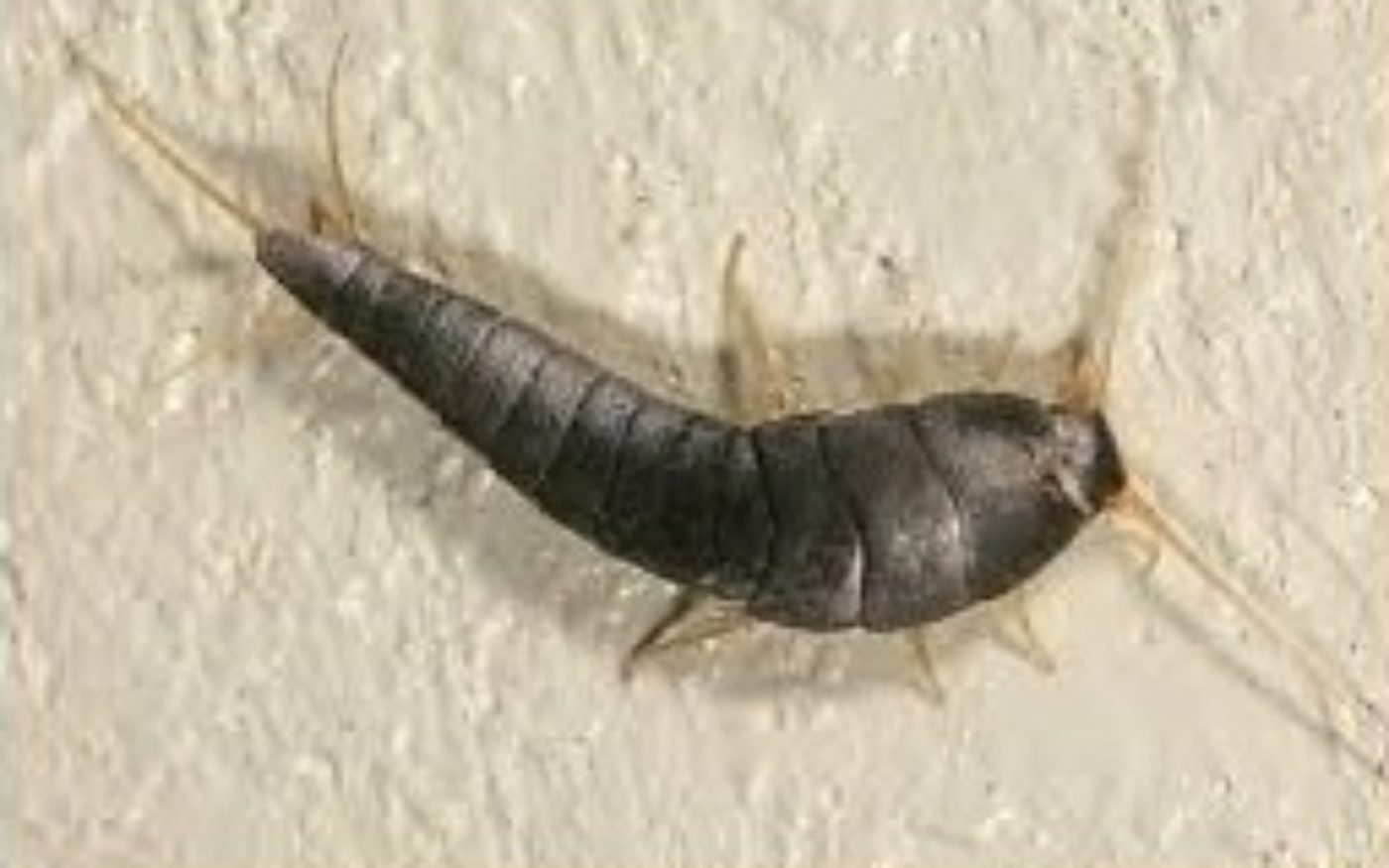Order
Silverfish and firebrats
Silverfish and firebrats are flightless insects, with flattened tapering bodies covered in scales. They have long antennae, reduced eyes, one long tail and two smaller side tails. Silverfish and firebrats are fast running and move their bodies in a ‘fish’-like way. The Silverfish Lepisma saccharina is a species common in buildings in Britain.
What do they look like?
Silverfish have flattened bodies of up to 12mm in length; they are covered in scales and are a grey blue colour. They have long antennae and biting jaws.
Where do they live?
Silverfish live in habitats of high humidity such as in damp leaf litter, in urban areas they will live in bathrooms and kitchens, but are no risk to humans. Their flattened bodies enable them to hide in crevices.
Where can they be found?
The Silverfish is found all around Britain.
When can you see them?
Silverfish are present all year round in buildings.
Life cycle
Eggs of the Silverfish take several weeks to hatch, nymphs moult several times and mature at around three months old. Adults continue to moult through their lifetime and can live for up to 8 years. Males and females have complex courtship behaviours involving antennal shaking and leg brushing. The male then produces a sac of sperm, which the female takes into her body to fertilise her eggs. Eggs are laid in groups and females will only lay a few groups during her lifetime.
What do they do?
Silverfish are scavengers, eating starchy material such as cellulose in paper and left over food scraps. They can however survive for long periods without food. Silverfish are nocturnal and use their fast speed to escape from predators such as spiders.
Did you know?
Populations of Silverfish and Firebrats are grown or 'cultured' to feed pet reptiles and amphibians.

